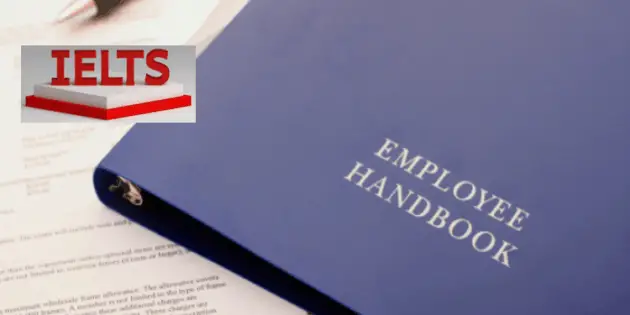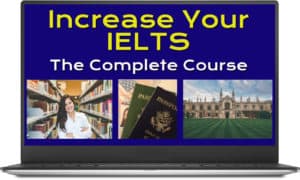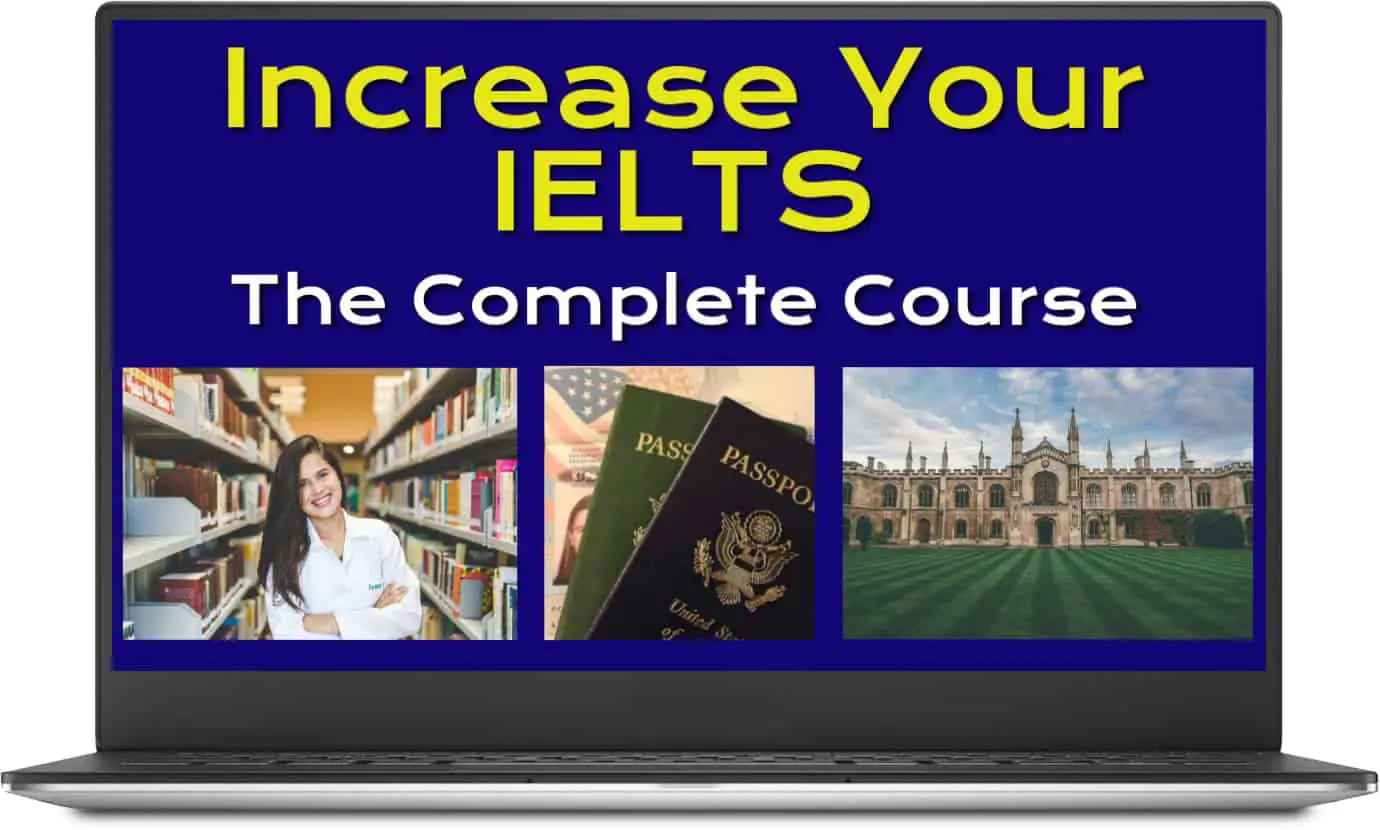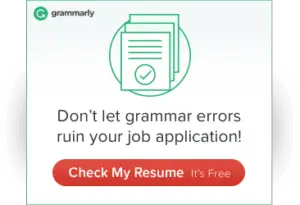What are the sources of IELTS reading test papers and where do they come from? Well, that’s a great question my beautiful band seekers!
IELTS reading texts come from real life sources. They are not created especially for the test. Essentially, they come from books, journals, magazines, newspapers, notices, advertisements, and company hand books.
The sources of IELTS reading texts do vary between General and Academic forms of the IELTS test as follows.
IELTS General texts come from notices, advertisements, company handbooks, books, magazines and newspapers.
IELTS Academic texts are taken from journals, magazines, books, and newspapers. You will have 3 articles in a combined total of 2.150 – 2750 words to read.

The texts used are always taken from real life, as IELTS are essentially testing whether your English is good enough to cope with the real life situations that you may encounter in the future.
This is why two forms of the test exist, the IELTS academic test band score will help convince universities you will be able to read and understand the books and journals you will have to read for their courses.
Where as on the other hand, the IELTS General band score will prove to employers that you will be able to read effectively in more work/practical situations, for example, will you be able to understand the company handbook – kind of important right!?
Fast Track To A Band 7+ With My Proven Course!
IELTS General Reading Sources
Section 1 – Two or three short non-fiction articles, and/or one combination of 6-8 non-fiction articles. These will focus on everyday life reading topics, such as advertisements.
Good sources of practice for these would be towards the back of real physical newspapers and magazines where there is usually a section full of advertisements like those pictured.
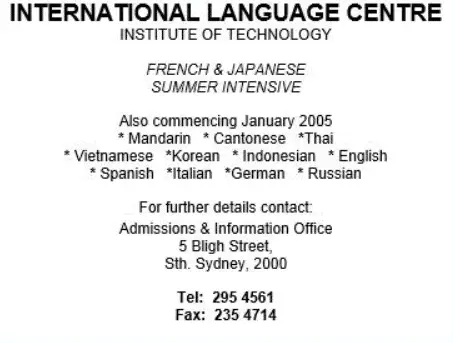
You can always take photos of advertisements you notice in newspapers and magazines and analyse them later, this has worked well for some of my former students.
You don’t find many of IELTS style adverts online, as online advertisements tend to be much shorter and lack detail.
TOP TIP: Why not read an advertisement and the call the number shown to ask them questions about their services, this would be a great ‘real life’ way to practice for the speaking test! A little bit of bravery goes a long way!
Section 2 – contains two texts related to work, such as company policies/handbooks, job descriptions, health and safety policies.
Good sources of practice would be: the real handbook from a company, ask a friend if you don’t have one yourself, or if you google the name of any large company with the word ‘regulations‘ you will find a lot of suitable reading for this style of text.
Here are some of Apple’s regulations and policies to read through.
Section 3 – A more in depth ‘general interest’ article. General interest in IELTS tends to mean something to do with
Good sources of reading practice would be:
Fast Track To A Band 7+ With My Proven Course!
IELTS Academic Reading Sources
Section 1/2/3 – each section contains one long article that undergraduate, postgraduate, or people seeking some form of professional registration would be required to read.
This is helpful to know as it is likely that you are taking the IELTS Academic for either study or career purposes. IELTS is basically telling you that in the test you will have to read texts at the same level as you will have to read at university or in your professional career anyway, so why not take this as an opportunity to read texts related to your future studies and/or career?
That way you get to both practise reading authentic material in preparation for your IELTS test but also gain more knowledge about your future studies/career, a win-win situation.
TOP-TIP: A great source of IELTS reading texts useful for practising your IELTS Academic reading would be https://scholar.google.com/ .

Simply type a keyword in that you wish to read genuine academic journals and papers about, and you will get lots of free material to read through.
Importantly, in IELTS Academic reading you may also be presented with some form of visual data such as a chart, diagrams, or illustrations, so don’t be ‘thrown’ if you are given something like this, just stay calm read the labels and title of the visual data carefully and try and get the overall idea of what it is showing.
Of course, don’t forget that you will also have to master the different types of question types that you might face on the test day and that includes:
Note completion, multiple choice (see our guide), identifying information, diagram label completion, identifying writer’s views/claims, short-answer questions, matching features, matching sentence endings, sentence completion, matching information, matching headings, summary completion, table completion and flow-chart completion questions.
Finally, don’t get caught out on test day. The biggest mistake I see students make is that they do not manage their time correctly and run out of time or panic and lose focus when they are running behind time.
To avoid this I strongly recommend that you do several full practice tests under timed exam conditions so that you know exactly how fast you will have to work on test day. Here are some official practice papers to use.
You should also make sure that you are used to reading in English for extended periods of time. When was the last time you read for 1 full hour in English? It is pretty tiring to read for an hour in your second language (I find reading just 10 minutes of Thai language that I’m learning mind blowing) so make sure you practise this regularly to avoid you losing focus on test day.
Anyway, I hope that has given you enough of an idea about what the sources of IELTS reading texts are. Now, you can use this information to read the types of articles/sources that will be useful for your IELTS preparation.
You might also want to check out common mistakes that candidates make in IELTS reading too.
Fast Track To A Band 7+ With My Proven Course!
Recommended IELTS Study Tools
Thank you for reading this article. I always get lots of questions about how else to get a better band score quickly. So, this is what I recommend:
Complete IELTS Course: Of course, my full course ‘INCREASE YOUR IELTS‘ covers everything you need to need to know to pass IELTS, including practice questions, model answers, grammar work, strategies for every possible reading, writing and listening question type, as well as a complete speaking course too, check it out here.
IELTS Essay and Speaking Feedback: To complete full mock tests and get feedback from IELTS examiners on your IELTS essays or speaking tasks then visit: IELTS Feedback and Mock Tests, here.
Improve your grammar fast by using the Grammarly suggestions to improve your writing. Every IELTS students should have this free grammar improving tool.
Improve all-round English skill with EnglishClass101.com. If you have failed IELTS more than once then you probably need to improve your general level of English. Use the free online lessons and vocabulary building tools here and start improving today! HIGHLY RECOMMENDED!


